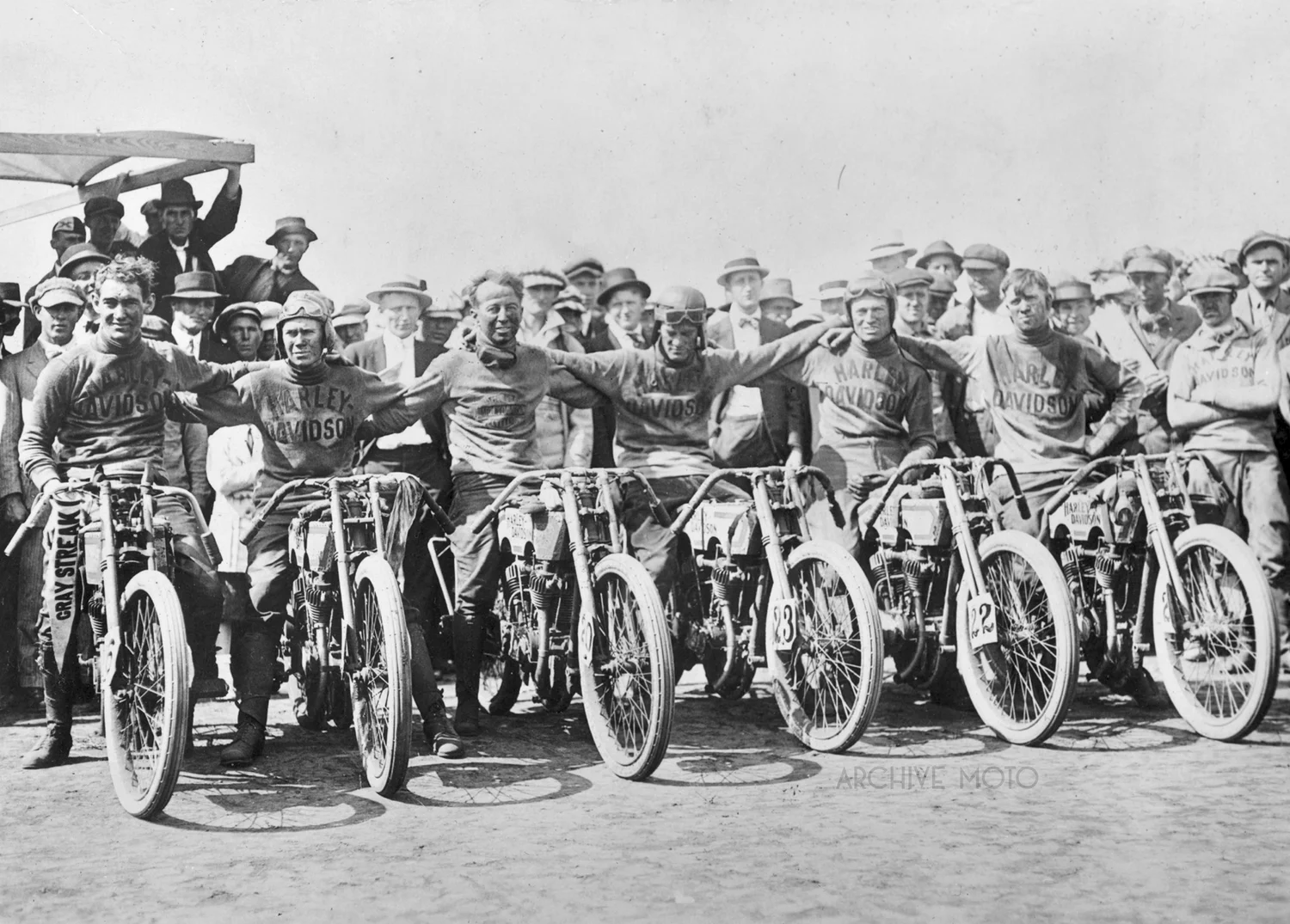Opening day of the Chattanooga Motordrome was one full of celebration. Jack Prince, the father of the American motordrome had returned to the south in August of 1913 shortly after completing the Milwaukee Motordrome in order to build yet another of his spectacular arenas. The track in Chattanooga was to be his 19th circular wooden stadium, the second in his proposed southern circuit which included the already successful 1/4-mile Atlanta Motordrome, as well as planned tracks in Nashville, Memphis, and Birmingham. At mid-day on September 11, 1913 a grand parade through the streets of downtown Chattanooga kicked off the festivities. By late afternoon a crowd of over 5,000 packed into the overwhelmed Rossville Trolly line and headed to Prince’s coliseum of speed. Larger than any sporting venue in the area the Motordrome was a sight to see, the 1/5-mile wooden track was blanketed in electric light for the opening races, and according to one report the illumination alone was worth the $.25 price of admission.
A card of 8 races fired off at 8:30 pm that evening featuring top riders from around the country. Fred Luther from Syracuse, Tex Richards from Dallas, Harry Swartz from Denver, Henry Lewis from Springfield, “Millionaire” Morty Graves from Los Angeles, Harry Glenn from Atlanta, and George Renel, the star racer from Paris. Each of the riders had come up from Atlanta where they had run the night before, the latest in a season long battle between Graves and Richards in which Graves had just come out on top. Richards, motivated by his loss tore around the brand new boards of Chattanooga, winning both of the two finals and hitting average speeds of 83 mph onboard his crimson Indian. Atlanta’s Harry Glenn provided quite a scene for the virgin eyes of the Chattanooga crowd as he nearly shot off of the track after blowing a tire at 80 mph, sending him crashing hard into the infield. In typical fashion for the day, the hard-nosed Glenn hobbled back to the pits, dusted himself off, and convinced the officials to allow him to run in the final heat. But again Glenn lost a tire at top speed, this time nearly clipping the rear wheel of Fred Luther before safely coasting a full lap to the bottom of the drome. The people off Chattanooga were instantly hooked, Chattanooga’s newest sport was a sensation and a series of nightly races were scheduled for the following week.
This intimate portrait of Wilmer Richards, the lanky Texan, was taken a couple of years after his glory days competing for Indian in the motordromes of Atlanta, Chattanooga, Houston, and Dallas. In 1915, Richards joined a handful of fellow racers in Atlanta when he took a job in Gus Castle’s Harley-Davidson Southern Branch. As the days of the motordrome spectacle faded across America Richards began competing for the Milwaukee Motor Co. in long distance road races and the increasingly popular flat track circuit, until in 1919 when he returned to racing for Indian.






